How to Choose the Right Battery Powered Forklift for Your Business Needs
In today's competitive warehouse and manufacturing environments, choosing the right Battery Powered Forklift is crucial for optimizing operations and reducing costs. According to a recent industry report by Crown Equipment, electric forklifts, particularly battery-powered models, are experiencing a significant surge in demand, expected to grow by 8% annually over the next five years. This growth is driven by the increasing emphasis on sustainability and energy efficiency, as businesses seek to minimize their carbon footprint while maximizing productivity. Furthermore, the Global Electric Forklift Market report indicates that battery-powered options tend to have lower maintenance costs compared to their internal combustion counterparts, leading to long-term savings. As more businesses transition to green technologies, selecting the right Battery Powered Forklift has become a strategic decision that impacts efficiency, safety, and overall operational effectiveness.
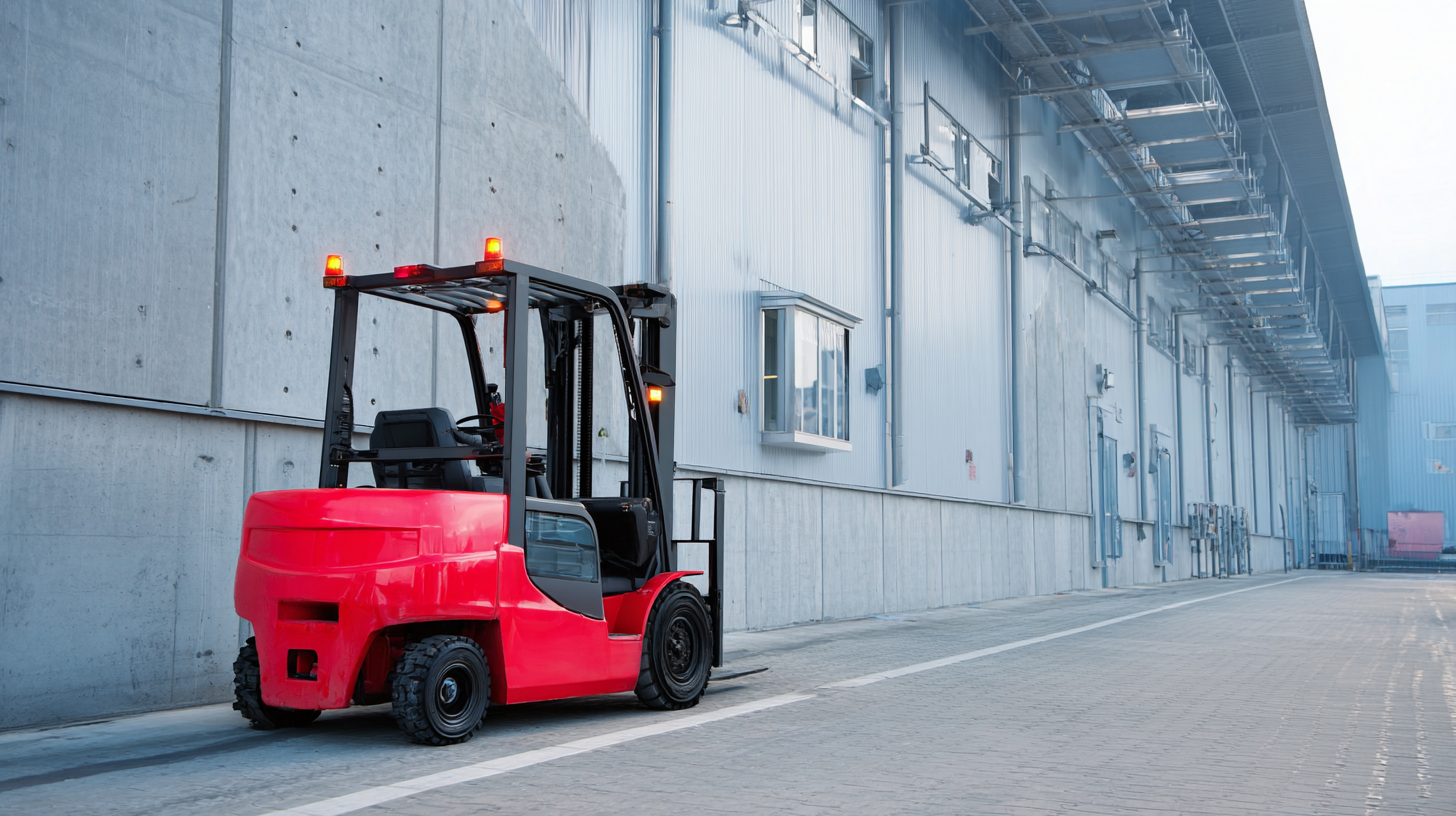
Understanding Your Business Requirements for a Forklift
When selecting a battery-powered forklift, understanding your business requirements is crucial. Begin by assessing the specific tasks your forklift will be performing. For instance, consider the weight of the loads to be lifted, the height of the racking system, and the dimensions of your workspace. If your business involves frequent indoor operations in tight spaces, look for a compact model with excellent maneuverability and a tight turning radius. On the other hand, if your operations require handling heavier loads or reaching greater heights, opt for a forklift with higher lifting capacity and extended reach capabilities.
Additionally, consider the runtime and charging requirements of the forklift. Determine how long the forklift will need to operate during shifts and evaluate if your facility can accommodate the charging infrastructure. A battery's charging time and life cycle can significantly affect your operational efficiency. It's also essential to factor in elements like maintenance, reliability, and ergonomics, ensuring the machine aligns with your workforce's needs for comfort and safety. By thoroughly understanding these aspects, you can make an informed decision that enhances productivity and supports your overall business goals.
Evaluating Battery Technology: Types and Their Benefits
When selecting the right battery technology for battery-powered forklifts, it's essential to consider the specific needs of your business as well as the benefits different battery types can offer. Lithium-ion batteries, for instance, have gained prominence due to their high energy density and efficiency in energy usage, making them ideal for operations requiring high performance and minimal downtime. According to a recent report, lithium-ion batteries can deliver over 90% efficiency in energy conversion, significantly enhancing the operational capabilities of forklifts.
Another notable option is sodium-nickel-chloride batteries, which have been highlighted for their stability and safety in various conditions. This type of battery has been shown to operate effectively in high-temperature environments, adding to its versatility in industrial applications. Furthermore, the ongoing development of solid-state batteries is poised to revolutionize the industry, promising higher capacities and improved safety with their solid electrolyte composition. As companies increasingly look toward sustainable and efficient energy solutions, understanding these battery technologies can provide a competitive edge in optimizing forklift operations.
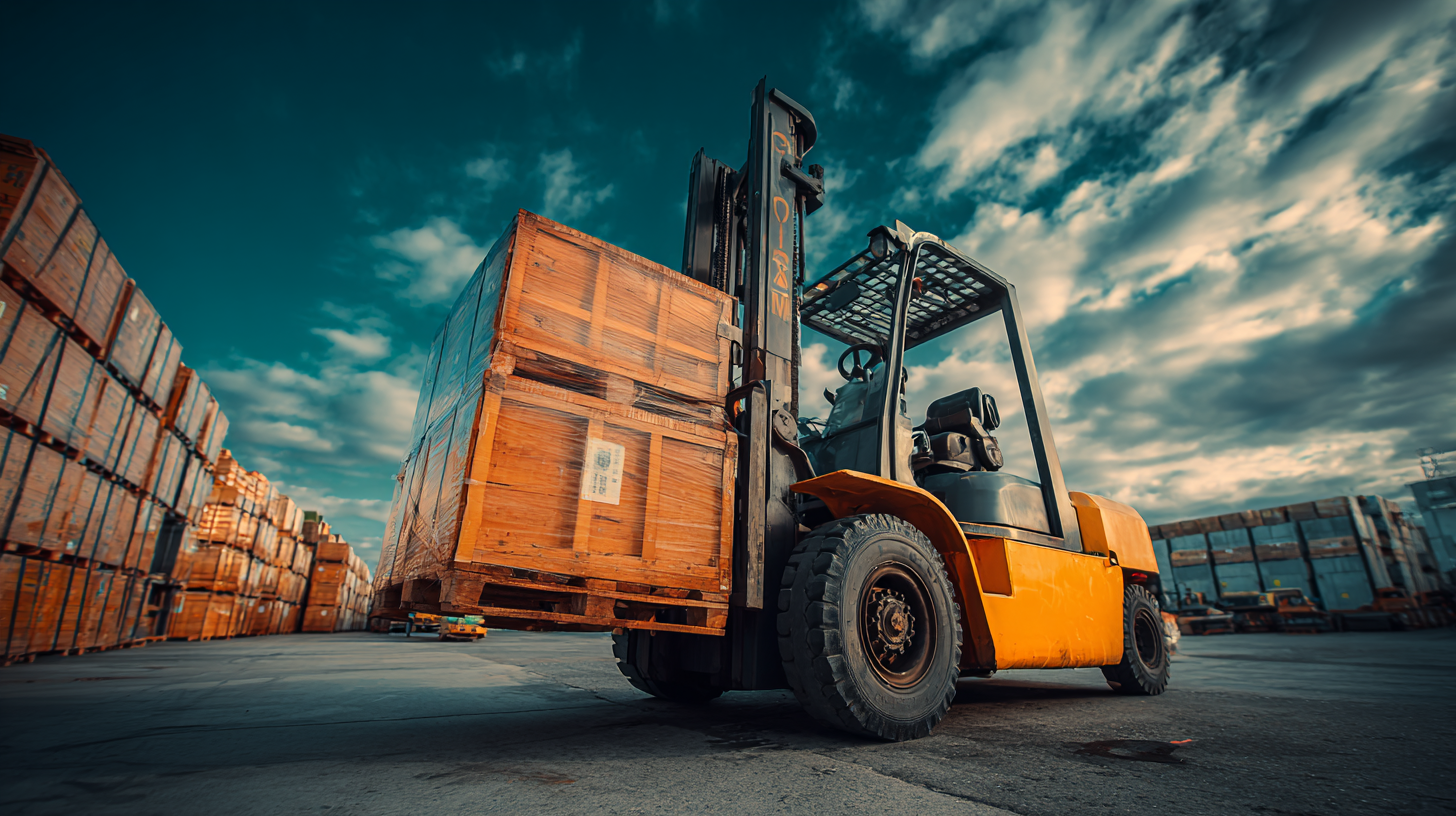
Analyzing Load Capacity and Lift Height Specifications
When choosing a battery-powered forklift, understanding load capacity and lift height specifications is crucial for optimizing operational efficiency. The load capacity of a forklift refers to the maximum weight it can safely lift and transport. According to the Industrial Truck Association, the average load capacity of electric forklifts ranges from 3,000 to 15,000 pounds, but certain models can accommodate up to 35,000 pounds or more. Businesses must assess their material handling needs against these specifications to avoid overloading and potential accidents, which could lead to costly downtime and repairs.
In addition to load capacity, lift height also plays a significant role in selecting the right forklift. Most electric forklifts are designed to reach heights between 10 and 30 feet, with some specialized models capable of exceeding 40 feet. The choice of lift height should align with your warehouse or operational requirements. The material handling industry reports that selecting a forklift with an adequate lift height can enhance storage efficiency; for instance, using a forklift capable of higher lifts allows for better stacking of goods, thus maximizing vertical space utilization. Therefore, businesses must judiciously evaluate their specific load and lift requirements to ensure that the chosen forklift meets their operational demands effectively.
How to Choose the Right Battery Powered Forklift for Your Business Needs
| Model | Load Capacity (lbs) | Lift Height (inches) | Operating Time (hours) | Battery Type |
|---|---|---|---|---|
| Model A | 3,000 | 144 | 8 | Lithium-ion |
| Model B | 5,000 | 189 | 6 | Lead-acid |
| Model C | 4,000 | 120 | 7 | Lithium-ion |
| Model D | 6,500 | 156 | 5 | Lead-acid |
Assessing Maneuverability and Space Constraints in Your Facility
When selecting a battery powered forklift for your business, maneuverability and space constraints are crucial factors to consider. The layout of your facility can greatly impact the efficiency of your operations.
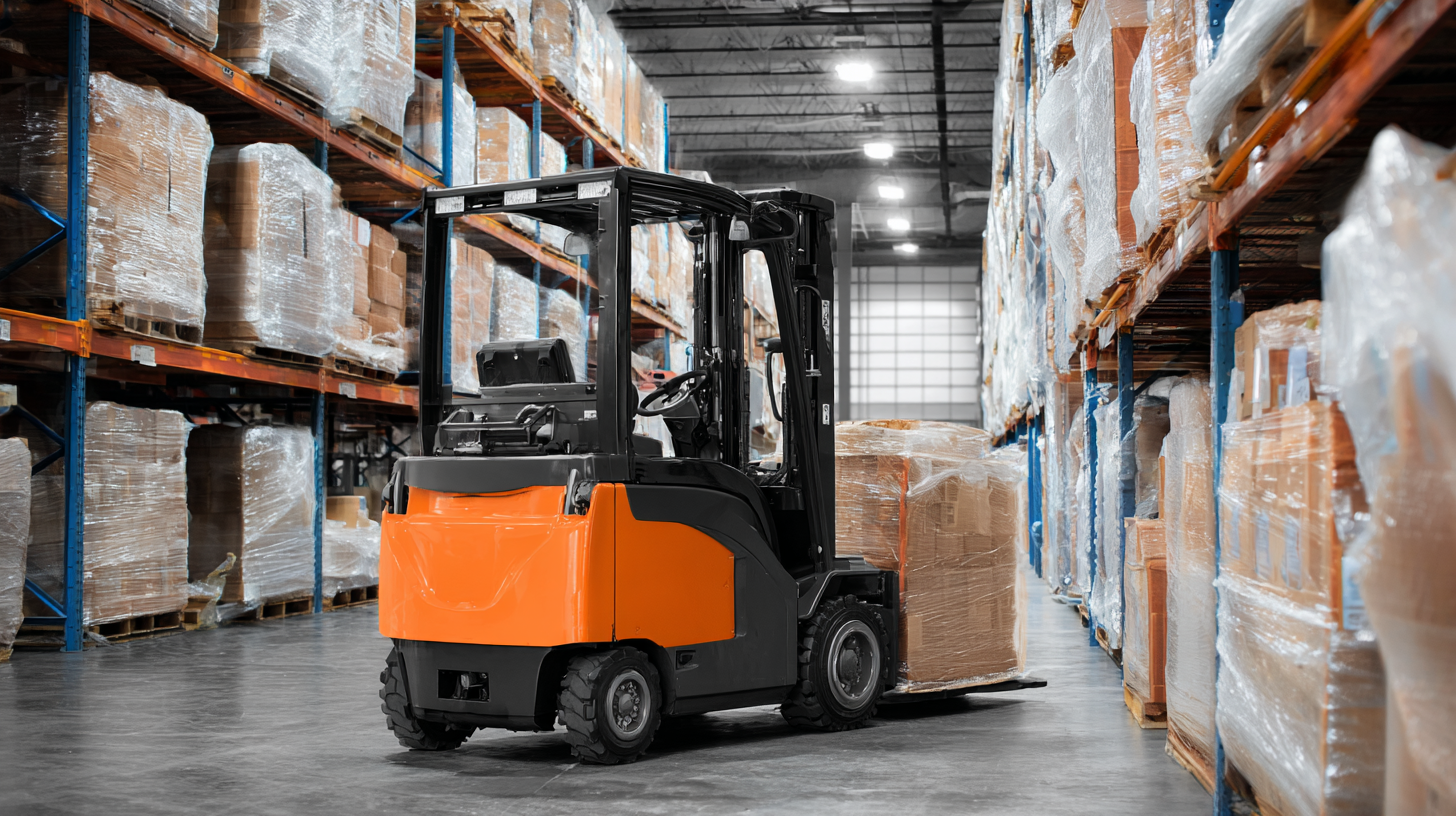
Narrow aisles and compact work areas demand forklifts that are agile and capable of navigating tight spaces. For such environments, opting for compact models with a small turning radius will enhance both productivity and safety, allowing operators to maneuver effortlessly without damaging inventory or infrastructure.
Additionally, it is essential to assess the load capacity and height requirements specific to your facility. Consider the maximum weight your forklift will need to lift and the vertical clearance available. Choosing a model that fits these specifications not only ensures optimal performance but also minimizes the risk of accidents. By prioritizing maneuverability and understanding spatial constraints, you can select a battery powered forklift that seamlessly integrates into your workflow, increasing efficiency and reducing downtime.
Comparing Costs: Initial Investment vs. Long-Term Maintenance
When considering a battery-powered forklift for your business, it's crucial to evaluate the costs associated with both the initial investment and long-term maintenance. The upfront cost of a battery-powered forklift can vary widely based on its capacity, features, and manufacturer. Businesses must budget not only for the purchase price but also for additional components like batteries and chargers, which can significantly influence the total expenditure.
However, the long-term maintenance costs can often outweigh the initial investment. Battery-powered forklifts require regular maintenance to ensure longevity and optimal performance, including battery inspections, fluid checks, and occasional replacement of parts. Additionally, businesses should consider the cost of electricity and charging infrastructure, which impacts overall operational expenses. By thoroughly comparing these factors, businesses can make an informed decision that balances initial costs with anticipated maintenance needs, ultimately ensuring the choice aligns with their operational demands and budget constraints.
Cost Comparison of Battery Powered Forklifts
Related Posts
-
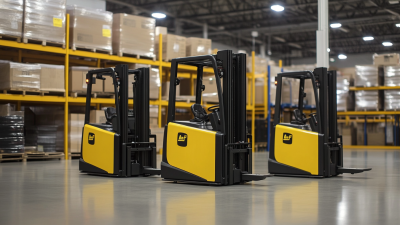
Innovative Uses of Battery Operated Forklifts in Modern Warehousing Solutions
-
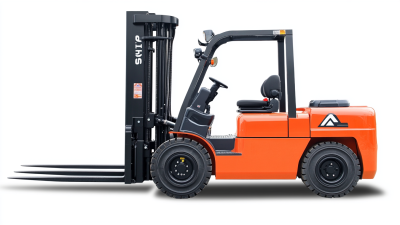
How to Identify Top-Quality Manufacturers for Battery Powered Forklifts
-
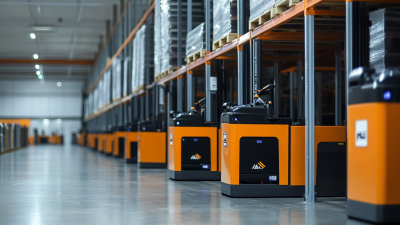
Advantages of Choosing Battery Powered Forklifts in Modern Warehousing
-
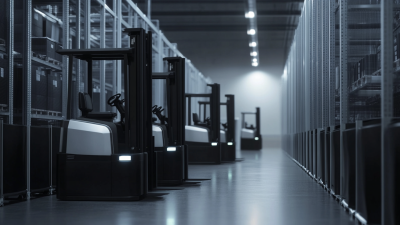
Maximizing Warehouse Efficiency: Innovative Applications of Battery Operated Forklifts in Logistics Operations
-
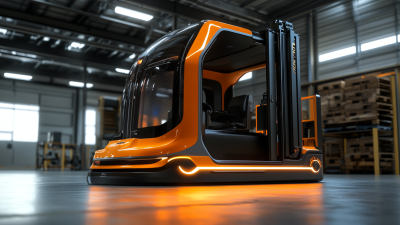
2025 Innovations in Motorized Forklifts: Enhancing Efficiency and Safety for Global Industries
-
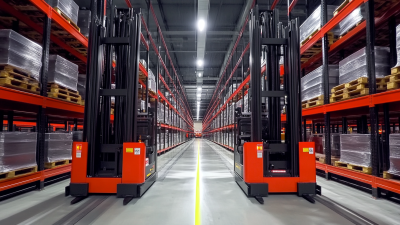
Unlocking Efficiency with Motorized Forklifts for Modern Warehousing Operations


